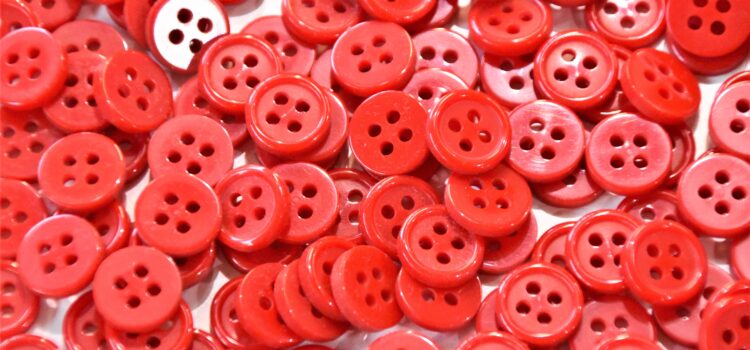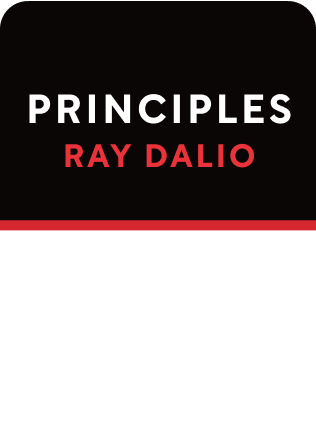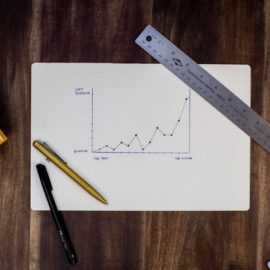

This article is an excerpt from the Shortform summary of "Principles: Life and Work" by Ray Dalio. Shortform has the world's best summaries of books you should be reading.
Like this article? Sign up for a free trial here .
What is the Ray Dalio Pain Button tool? How does it work, and why does Dalio use it in the workplace?
The Ray Dalio Pain Button tool is a concept that lets people evaluate the emotions they’re feeling, and go through a reflection process. It also collects data for the future.
The Ray Dalio Pain Button tool can be a useful tool for self-evaluation. Here’s why.
The Ray Dalio Pain Button App
Once you’ve gathered your information, you can make a decision. Here are principles for making good decisions of any kind. Part of the decision-making process is the idea of using tools, like the Ray Dalio pain button tool.
Systematize Your Decision-Making
What hurts good decision-making the most is emotions. To avoid having your emotions bias your decisions, figure out the criteria underlying your decision-making, then automate the decision as much as you can.
We’ve learned that principles are the core of how you behave. Principles are fundamental truths that allow you to make better decisions quickly. When you recognize a situation as “another one of those,” you can just refer to your rules as a shortcut to good decision-making.
Ideally, you can convert your principles into algorithms and have the computer decide alongside you, like in systems like the Ray Dalio pain button tools. Here’s how:
- Think through your principles for making decisions.
- Write them out in both words and algorithms.
- Back-test your algorithms with previous data to make sure they would have made good decisions in the past.
- Use the algorithms in real time, in parallel with your thinking brain.
(Shortform note: If it’s unclear what algorithms are, think of an “if-then” statement. For example, “If I receive enough money to pay my bills, I will save 20% of what remains in my retirement account. If I don’t, I will pay my highest interest bills first, then try to cut down my spending.” Having clear rules like this gives you an easy way to make decisions without thinking hard, from scratch, each time.)
Here are a few examples of how Dalio and Bridgewater automate decision-making, including the Ray Dalio pain button app.
- Dalio began by writing down his decision-making criteria for trading, so that when he closed the trade, he could reflect on how well the criteria worked. He would backtest these trading rules over a century of data in every country available.
- Bridgewater started using computers in the late 1970s to automate trading criteria and produce trading decisions in response to the environment. Indicators would catch shifting fundamentals and trend-following filters would confirm price movements.
- He’s started automating management and human relationships through tools like recording all meetings, the “dot collector,” and the Pain Button (more on these tools later). Computers can take in data points about people and figure out how to get the most out of people for each project.
The Pain Button
The Ray Dalio Pain Button app is a tool to help people reflect on the pain they’re feeling. It asks people to record the emotions they’re feeling, then guides them through reflection questions. It prompts people to create plans for how to deal with the situation and prevent the pain in the future. The tool is meant to build a habit of triggering reflection after feeling pain.
For Ray Dalio, the app provides analytics, such as the frequency of pain and causes.

———End of Preview———
Like what you just read? Read the rest of the world's best summary of Ray Dalio's "Principles: Life and Work" at Shortform .
Here's what you'll find in our full Principles: Life and Work summary :
- How Ray Dalio lost it all on bad bets, then rebounded to build the world's largest hedge fund
- The 5-step process to getting anything you want out of life
- Why getting the best results means being relentlessly honest with everyone you work with






